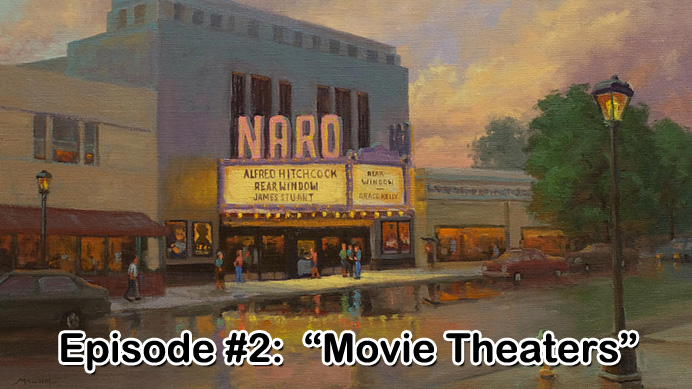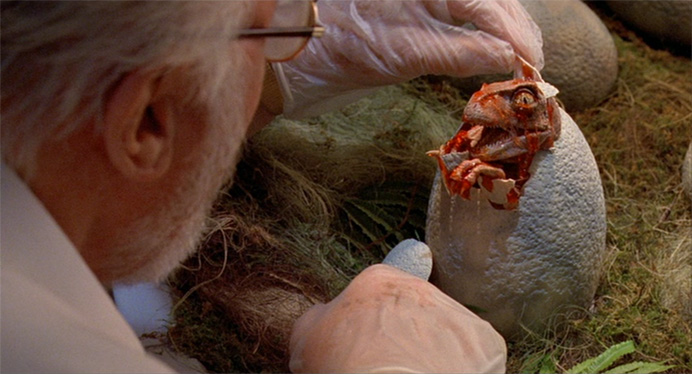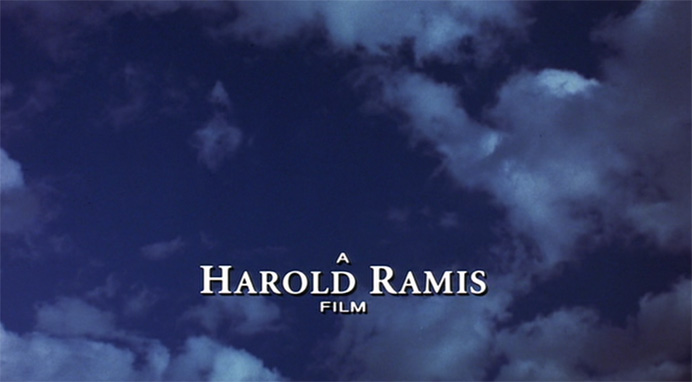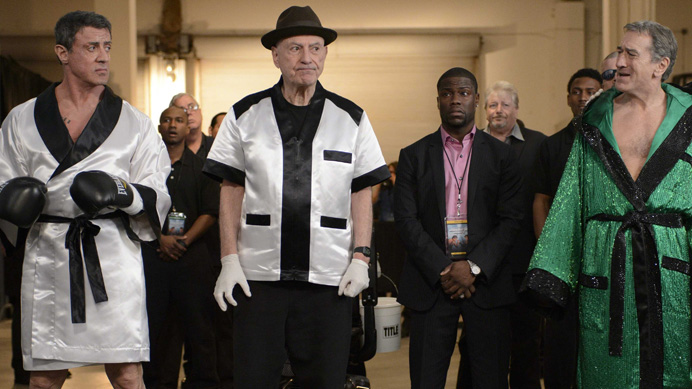
1:11:24 | View on iTunes | Download Mp3
On this episode, I am joined by fellow Smug Film contributors Jenna Ipcar and Ned Martin. We discuss all things movie theaters—from our best and worst movie theater experiences, to the best theaters we’ve ever been to. As always, we go on tangents along the way, take a quick break for a movie joke by comedian Anthony Kapfer, and close the show with questions from our mailbag.
If you have a question for the show, leave it in the comments or email us at Podcast@SmugFilm.com.
If you enjoy the podcast, be sure to subscribe on iTunes, and leave a rating and a comment on there as well. Doing this helps us immensely as far as our ranking on there, which is what allows people to be able to discover us. Word of mouth is always best of all though, so spread the word!
By the way, the beautiful painting above is by artist Marianne Kuhn, and it is called Naro Cinema Norfolk VA. You can see the full painting and buy prints of it at FineArtAmerica.
Movie Stuff Referenced in this Episode:
Continue reading Smug Film Podcast Episode #2 – Movie Theaters (4/14/14)



